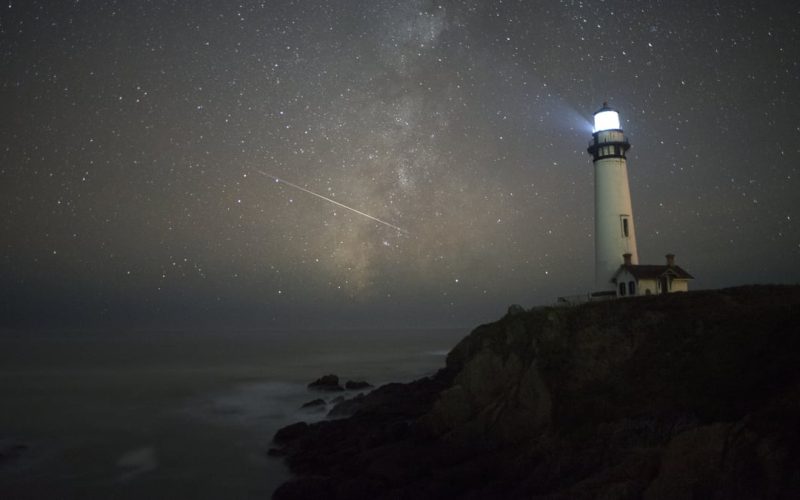
If celestial events are your thing, then October is set to be an exciting month with not one, but two meteor showers lighting up the skies. The Orionids will be taking place for most of October and well into November, and the Draconids peaked on Oct. 8.
The Orionids occur each year, peaking in October and giving some of the most beautiful displays. From fireballs to stunning light trails, the Orionids really know how to put on a show. There’s plenty of time to try and catch this phenomenon, and we’ve got all the information you need before you go looking for shooting stars.
What is the Orionids meteor shower?
The Orionids meteor shower happens when tiny grains of dust and ice left behind by comet 1P/Halley enter Earth’s atmosphere and burn up, producing bright streaks of light across the sky, NASA says.
Orionid meteors are fast, traveling at around 41 miles (66 kilometers) per second, and often leave glowing “trains.” Some of the brighter meteors even become fireballs, creating spectacular flashes of light. These meteors appear to radiate from the constellation Orion, hence the name.
When is the Orionids meteor shower?
NASA data reveals the Orionids meteor shower will take place between Oct. 2 – Nov. 12.
When will the Orionids meteor shower peak?
There’s a chance to see the Orionids every night during this period, but the peak is expected to be Oct. 22 – 23.
How to see the Orionids meteor shower
Advice for seeing the Orionids is similar to all celestial events: wait until dark, stay away from light pollution, and allow your eyes time to adjust to the light. NASA also advises heading out after midnight and lying with your feet facing southeast if you are in the Northern Hemisphere or northeast if you are in the Southern Hemisphere.
Remember to also check cloud coverage in your area on peak nights. Fewer clouds = more stars visible.
